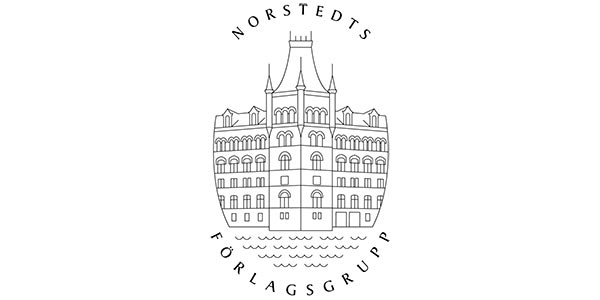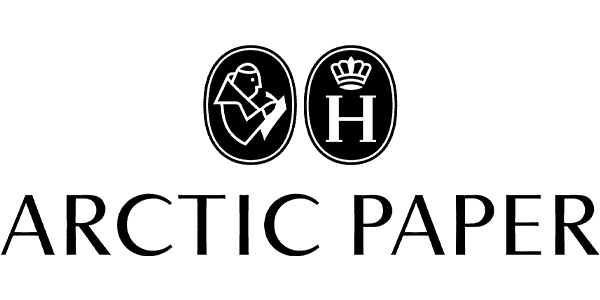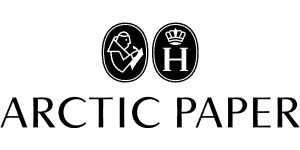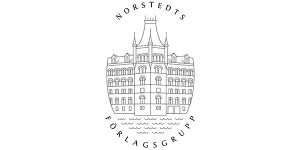
"One of the Most Intensely Exciting Secrets" - The Antarctic in American Literature 1820-1849

| Serie | Karlstad University Studies |
|---|---|
| Författare | |
| Förlag | Karlstads universitet, Engelska |
| Genre | Litteraturvetenskap |
| Format | Häftad |
| Språk | Engelska |
| Antal sidor | 260 |
| Vikt | 435 gr |
| Utgiven | 2009-05-20 |
| ISBN | 9789170632518 |
This study examines a small body of early 19th-century American literature set in the Antarctic: Adam Seaborns (pseud.) Symzonia (1820), Edgar Allan Poes MS. Found in a Bottle (1833) and The Narrative of Arthur Gordon Pym (1838), Peter Prosperos (pseud.) The Atlantis (1838-39), and James Fenimore Coopers The Monikins (1835) and The Sea Lions (1849). These texts were written in a momentous phase in the history of Antarctic exploration when the region went from being almost completely unknown geographic territory to being known essentially as we know it today. In an American context, the Antarctic came to be of particular interest from the 1820s and onit was even termed the American field of fame. After extensive public debates, it was decided that a national expedition to the Antarctic should be formedwhat subsequently became the U.S. Exploring Expedition (1838-42), the largest American scientific or exploratory project that had ever been undertaken. When the expedition returned, it had charted large parts of the Antarctic Ocean, and established the existence of an Antarctic continent. The literary texts studied here are all imaginative responses to, and reflections of this historical development in which the Antarctic went from unknown to known. Prior to the discovery, speculative fiction explored the imaginative potential of the Antarctic, using it for social projection. Among other things, the Antarctic was envisioned as a tropical region, inhabited by utopian communities, lost savage tribes, or monkeys evolved from humansit was even
imagined to be a gigantic opening into the interior of the earth. Immediately after the U.S. Exploring Expedition had returned and reported its discovery, however, the conceptualization of the Antarctic was transformed in fiction
as well. The Sea Lions, which is the only text of this study that comes after the discovery, represents the region in realistic terms.





















